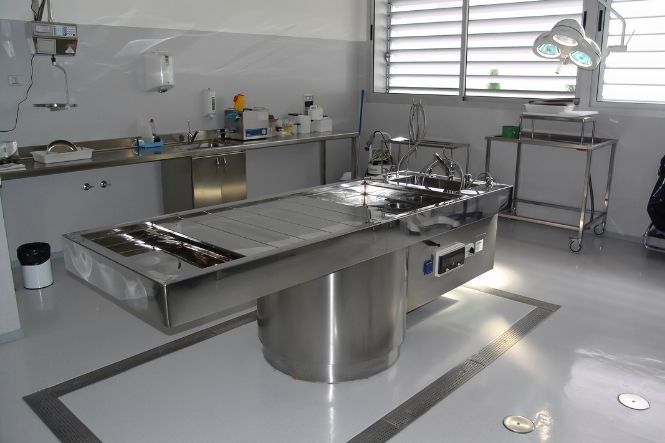Where forensic science is the study of those things that may contribute – or be attributed – to the death of a victim, forensic medicine is the natural progression and is the study of how the body died.
Most of us will see a corpse on television or at the cinema and many think that it looks brutal but the reality is a lot less sanitised than what the media would like to portray: forensic medicine deals primarily with the how and why of death as opposed to the surroundings, the ambient temperature and so on.
How Forensic Medicine is Used
To explain briefly how forensic medicine is best used it is perhaps best to look at this scenario; a body is found in a field with no visible signs of injury – mortal or otherwise. How did the body get there, how did the victim die, who might have been responsible? These are the questions that forensic medicine seeks to answer using recognised medical procedures as a means of doing so.
Forensic medicine is also used to identify the victims of murder when identification proves otherwise impossible. And this can be done by using dental records, birthmarks, tattoos or scars, and other visible bodily signs.
Indeed sometimes forensic medicine is called upon to reconstruct the face of a victim decades after they died using detailed computer programs, artists impressions and even clay modelling to build up a picture of the face based solely on the skull and skeletal remains.
Forensic medicine is – for the most part – a study in death and the events leading up to the death of an individual and more often than not a pathologist will be called upon to perform an autopsy – or in the case of a serious sexual assault – blood, hair, fibre and DNA samples taken to help strengthen the case against an alleged attacker.
Of course Forensic Medicine is not just the study of how people die but certain aspects of it are geared towards finding out why people die. That perhaps sounds a strange statement to make but there are instances when the human body simply stops working. When this happens there might not have been any ill health or illness diagnosed and indeed – if a person dies without having seen a doctor within a set time frame prior to their death – an autopsy is required to define cause of death before the deceased can be buried.
This also allows for all walks of medicine to learn and provides students with the opportunity to see for themselves what can happen and the reasons for it when it comes to death.
Forensic Medicine also provides us with clues to our ancestry with tests being carried out on Mitochondrial DNA – that strand of DNA that is passed down through the generations between bloodlines.
All of these things fall under the remit of Forensic Science and help to not only detect when an unlawful killing has taken place but also helps to give us an insight into how the human body works, why it works in the way it does, and likewise why sometimes it refuses to work at all.

